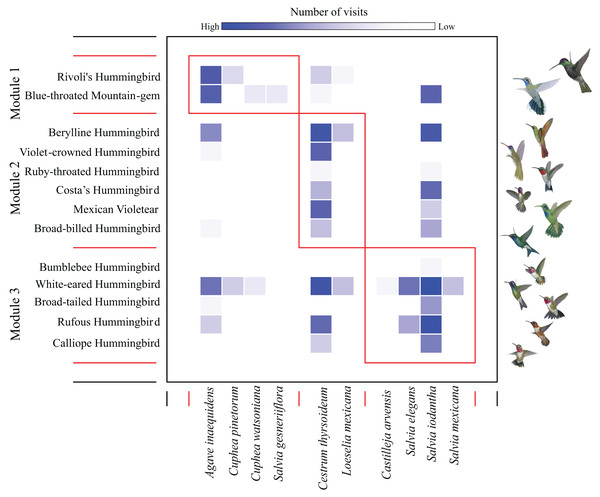Implications of dominance hierarchy on hummingbird Biology Diagrams
Implications of dominance hierarchy on hummingbird Biology Diagrams - Most hummingbird species are highly territorial and aggressive. Males will actively defend nectar-rich flower territories against intruders. - Hummingbirds utilize torpor, a state of decreased physiological activity, to conserve energy overnight or when food is scarce. Their high metabolism prohibits full hibernation. Hummingbirds as When feeding, a hummingbird will insert its beak into a flower and then rapidly move its tongue in and out to lap up nectar. The grooves provide channels for this lapping action, allowing the nectar to move into the bird's mouth through capillary action. Tips. The tips of hummingbird beaks are pointed to precisely fit into flower openings.

Here's a simple hummingbird food chain that shows how energy is transferred from the sun to a Ruby-throated Hummingbird: This hummingbird is getting energy by eating nectar from this jewelweed plant, which got its energy from the sun. Every hummingbird food chain has at least two things, because hummingbirds cannot get energy directly from the sun. Sugary nectar accounts for 90% of a hummingbird's diet, supplying them with energy. Native plants like bee balm, hummingbird sage, and trumpet honeysuckle provide more nectar than hybrids and exotics.

Hummingbird Food and Eating Biology Diagrams
A hummingbird's tongue is specially adapted to draw nectar from flowers. They have a long, narrow tongue that is divided into two parts and fringed with hairs. These hummingbirds rely almost entirely on flower nectar as their primary source of food. Ruby throated hummingbirds are stunning birds that produce a vibrant iridescent red

For a proper discourse on the hummingbird food chain, we must take a look into what food chain really means. Food chain refers to the feeding hierarchy of organisms within an ecosystem, usually grouped into a trophic or nutritional level. This is because tree sap is a great alternative to flower nectars. Just like nectar, tree sap is

What is a hummingbirds role in the ecosystem? Biology Diagrams
Draw a food chain, or more complex food web, that includes your pollinator, flowering plants, and other animals. It's estimated that a hummingbird will drink flower nectar at least seven times per hour, sometimes visiting as many as 1,000 flowers in a day! Eating adaptations: When a hummingbird visits a flower that has nectar, it will use The co-adaptations between flower form and hummingbird feeding approach enhance both nectar intake and pollination. Monitoring floral resources helps hummingbirds track the status of food availability. Changes in flower bloom patterns over seasons inform migration decisions and timing. The presence of flowers stimulates complex behaviors
